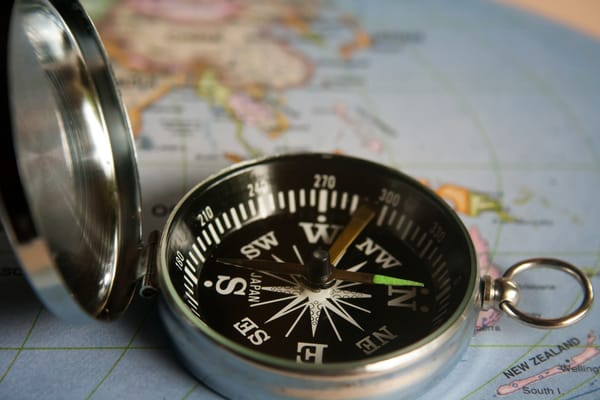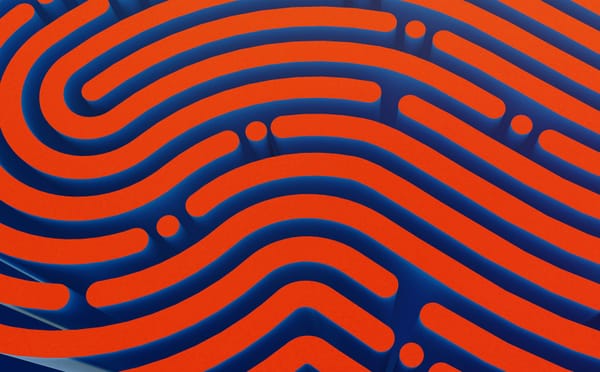Reinventing Your Creative Career After 40: Pivoting to AI-Enhanced Design Roles
Thinking about a career change after decades in your creative field? You're not alone, and this might be the perfect time to make that move.

The intersection of creativity and technology offers wonderful opportunities, especially for experienced professionals who bring years of valuable insight to the table. If you're in your 40s or 50s and considering a new direction, your creative wisdom and experience are assets that today's tech-infused design world genuinely needs.
Why Creative Veterans Have an Edge in the AI Design Landscape
Let's clear something up right away—the idea that only younger professionals can thrive in digital careers simply isn't true. Your decades of creative experience aren't just relevant—they're incredibly valuable in today's evolving design landscape.
That's what makes your experience so important. While AI tools can generate options and streamline workflows, they can't replace the nuanced judgment that comes from years of solving creative challenges. Your ability to evaluate AI outputs with experienced eyes and know what will truly connect with people is tremendously valuable.
Companies are increasingly recognizing this reality: professionals who combine seasoned judgment with openness to new tools represent an ideal blend of experience and innovation. Your creative journey hasn't led to obsolescence—it's prepared you for meaningful contribution in this new era.
Practical Pathways: Mid-Career Routes into Tech-Creative Hybrid Roles
Wondering where your skills might fit in this new landscape? Here are some promising possibilities that have worked well for other creative professionals making similar transitions:
UI/UX Design With AI Integration: This remains one of the most accessible transitions for creative professionals. The fundamentals align well with principles you may already know from graphic design, architecture, or psychology. Today's UI/UX designers work with AI tools like Midjourney and DALL-E, using these technologies to handle repetitive tasks while applying human insight to make designs truly effective.
Experience Design Strategist: This role focuses less on technical execution and more on crafting meaningful experiences. Your background in marketing, communication design, or brand strategy has built foundations you can use, now enhanced by AI tools that help explore new possibilities more efficiently.
AI-Human Collaboration Specialist: This emerging role suits those who enjoy connecting different disciplines. You'd help bridge the gap between creative teams and AI capabilities, drawing on your industry insights while embracing new technological approaches.
Design Systems Manager: This role involves creating frameworks that both human designers and AI tools can work within effectively, bringing order and consistency to creative processes.
What's important about all these paths is that they value rather than replace human creativity. They position experienced professionals as guides and directors of AI capabilities, not competitors with automation.
Building Your Transition Strategy: First Steps for Creative Professionals Over 40
Starting something new takes courage, but there are considerate ways to approach this transition:
- List Your Valuable Skills: Before focusing on new certifications, take time to recognize what you already bring to the table. Your creative problem-solving, project management experience, client communication skills, and refined aesthetic judgment are significant strengths that technology can't replicate.
- Progress Step by Step: Think of this as adding to your professional toolkit rather than starting over. Look for natural connections between your current expertise and emerging fields. If you've designed packaging, you might explore 3D modeling with AI assistance as a bridge toward product design interfaces.
- Connect with Others on Similar Paths: You're not alone in this journey. Connect with professionals who have made similar transitions. Online communities like "Creative Pivots" and "Mid-Career Design Evolution" offer supportive spaces where experienced creatives share advice and experiences.
- Create Thoughtful Portfolio Projects: Demonstrate your adaptability through projects that combine your established skills with new approaches. This shows potential employers that you can effectively bridge traditional methods and emerging technologies.
- Share Your Expertise While Developing New Skills: Your industry knowledge remains valuable. Consider consulting as you develop new skills—it provides stability while creating opportunities to work with emerging technologies in real-world settings.
Here are some encouraging news
The creative-technical landscape continues to expand. The World Economic Forum projects that hybrid creative roles will grow by 37% over the next five years, with particular demand for professionals who can provide context and direction for AI capabilities within established business environments.
As design tools and AI evolve together, experienced creative professionals have a genuine opportunity to write their next career chapter. Your decades of experience aren't limitations—they're your unique advantage in a world where human discernment and creativity remain essential.
Remember as you move forward: while tools may change, the essence of good design—understanding human needs and creating meaningful solutions—remains constant. That's the wisdom you've been developing throughout your career, and it will serve you well with whatever new tools you choose to work with next.



